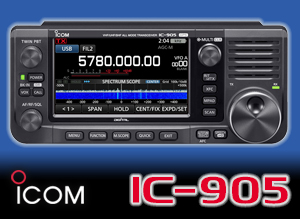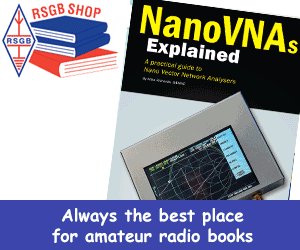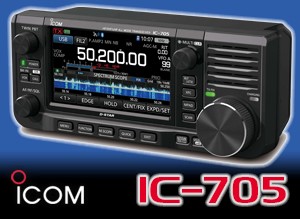Also in GB2RS this week…
Ham Emergency Radio Operations stations activated by the Philippine Amateur Radio Association remain in demand after Typhoon Haiyan devastated the central Philippines on 8 November. Mobile radio services are available in some places, but they are patchy and unreliable. Relief trucks are transporting aid supplies and personnel from multinational and local groups. The station staffed by DV6ILA and DV6WAV in Roxas City got a surprise visit this week from the bureau chief of the UN Office for the Coordination of Humanitarian Affairs, Fernando Arroyo, EA4BB. After visiting the HERO station nearly every day, he appointed DV6WAV to head his convoy team to meet international aid volunteers at the airport. More than 29 foreign agencies have so far arrived to carry out relief and recovery aid.
The first SOTA Mighty Mite weekend will be held on 7 and 8 December. The aim is simply to get on the air and make SOTA contacts using Rock Mites or Rock Mite clones. Chasers and activators are equally welcome. SOTAbeams will provide a trophy for the person who publishes the most interesting account of their activities over the weekend on SOTAwatch at www.sotawatch.org.
The special event callsign celebrating the RSGB Centenary changes from GM100RSGB to GI100RSGB this week. It will be operated today and tomorrow by the 1st Ayr Amateur Radio Group who will operate GM100RSGB on the 10 to 80m bands using SSB, CW and RTTY. On Tuesday it becomes GI100RSGB when Orchard County DX Group take over for two days from Loughall, operating on the 10 to 20m bands as well as 2m using SSB and FM. On Thursday Ballymena ARC will operate on the 10, 15, 20, 40 and 80m bands using SSB, then on Friday to Sunday Mid Ulster ARC take over the callsign from Portadown with operation on the 10 15, 20 and 40m bands as well as 2m. They will be using SSB, FM and PSK. Details of how to get your QSL card are on the RSGB website.
AMSAT-UK’s Graham Shirville, G3VZV reports that FUNcube-1 has completed its first week in space and all systems are operating normally. A beacon transmits on 144.935MHz in daylight passes, while the transponder is available during passes in local darkness. More information is at www.funcube.org.uk. Further to our report last week, our short video from the FUNcube-1 launch day is now online.
Category: GB2RS Headlines










